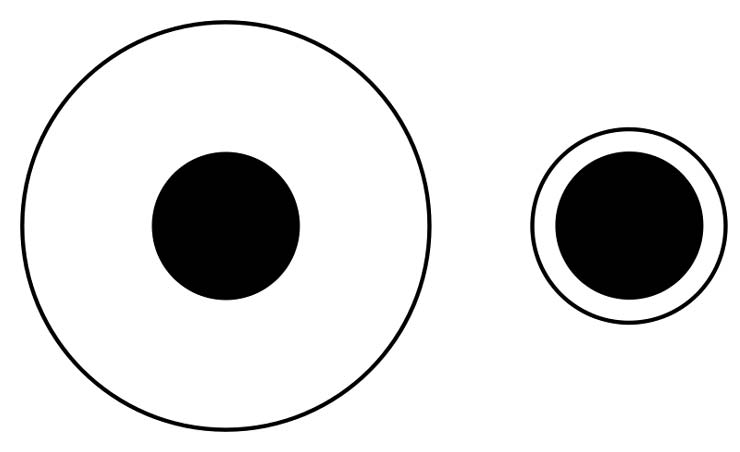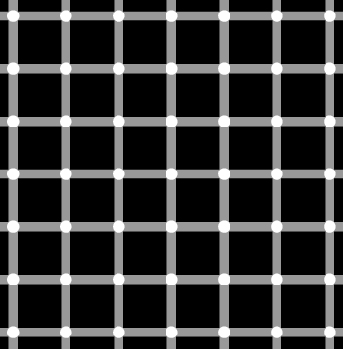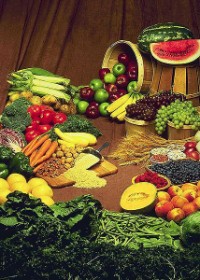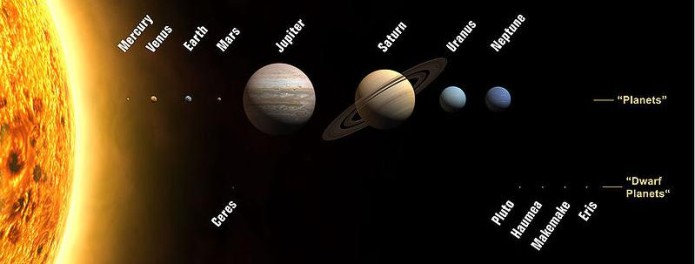Photo name: Fraser Spiral Illusion |

This blog is about the science and mathematical facts that may come across you in your daily life and some of the science and mathematical knowledges. It may be something you may not know about it too. Besides, it also contains some interesting experiments, video clips, images and so on. Please enjoy~~
Photo name: Fraser Spiral Illusion |

Photo name: Peripheral Drift Illusion |

Photo name: Hypnosis Illusion |
Photo name: Delboeuf Illusion |

Photo name: Balcony Facade Illusion |

Photo name: Parallel Lines Cafe Wall Illusion |

Photo name: Big as a Tree Illusion |

Photo name: Face & Vase Illusion |

Photo name: Scintillating Grid Illusion |

Photo name: Afterimage |

We know more today than ever before about our planet Earth and what’s going on around us.
Science is always continuing to connect the dots through Earth research, study, and experimentation.
As technology advances, we continue to learn and find more out about our planet Earth.

Here are some facts about our Earth.
Age: 4.6 billion years old.
Position: 3rd planet from the sun.
Size: 5th largest planet in our solar system.
Surface Area: 197 million square miles, about 70 percent of the Earth's surface is covered with water..
Diameter: The Earth has an average diameter of 12,742 kilometers. (7,926 miles)
Average Temperature: The temperature at the Earth's core is estimated to be between 5000 and 7000 degrees Celsius.
Length of Year: 365.25 days
Inclination of Axis: The Earth's axis has a tilt of about 23 ½ degrees. It is this tilt which causes the seasons.
Chemical Composition: The Earth is made mostly of iron, oxygen, silicon, magnesium, nickel and sulfur: 34.6% Iron, 29.5% Oxygen, 15.2% Silicon, 12.7% Magnesium, 2.4% Nickel, 1.9% Sulfur, 0.05% Titanium
Don't forget Pluto! Sure it may not be officially recognized as a planet anymore but it's still there and offers a lot of interesting facts and cool information. Check out these fun Pluto facts for kids. |
|
|
Neptune is a large planet that experiences extreme atmospheric weather conditions. After the demotion of Pluto, it now holds the distinction of being further away from the sun than any other planet in our solar system. |
|
|
Uranus likes to be a bit different from other planets in our solar system. In rolls like a barrel rather than spinning like Earth and other planets, it also shows off a majestic blue/green haze due to its high levels of Methane gas. |
|
|
Perhaps the most beautiful planet in our solar system (other than earth of course) due to its spectacular ring system, Saturn is a gas giant that features many extreme physical features and atmospheric conditions. |
|
|
Jupiter is the largest planet in our solar system. Its famous 'Red Spot' and raging gas storms give it an impressive if not intimidating appearance. As well as having many moons, Jupiter also has a number of rings similar to that of Saturn but much less noticeable. |
|
|
|
|
|
|
Mercury is a small planet which orbits closer to the sun than any other planet in our solar system. As well as being very hot, it features a barren, crater covered surface which looks similar to Earth's moon. |
|
|
|
|
|
|
|
|
|
|
|
|
|
|
McDonald’s fast food chains employ over 1.5 million people around the world. More fast food facts.
Different parts of the world have their own local cuisine. The diets and general food habits of various cultures depend on social, religious, economic and safety factors as well as the availability of different foods.

|
|
Although there can sometimes be a blurry line between categories the following definitions should help you understand the difference between comets and asteroids, why Halley’s Comet is not a meteorite and more.
Comet
Asteroid
Meteoroid
Meteor
Meteorite
|
|
Objects with mass are attracted to each other, this is known as gravity.
Gravity keeps Earth and the other planets in our solar system in orbit around the Sun. It also keeps the Moon in orbit around Earth.
Tides are caused by the rotation of the Earth and the gravitational effects of the Moon and Sun.
Because Mars has a lower gravity than Earth, a person weighing 100kg (220 pounds) on Earth would only weigh 38kg (84 pounds) on Mars.
It is thought that Isaac Newton’s theories on gravity were inspired by seeing an apple fall from a tree.
While Newton’s older law of universal gravitation is accurate in most scenarios, modern physics uses Albert Einstein’s general theory of relativity to describe gravity.
Acceleration of objects to due to the gravity on Earth is around 9.8 m/s2. If you ignore air resistance (drag) then the speed of an object falling to Earth increases by around 9.8 metres per second every second.
The force of gravity 100 kilometres (62 miles) above Earth is just 3% less than at the Earth’s surface.
The human body can handle increased g-forces as seen in activities such as dragster races, airplane acrobatics and space training. The highest known acceleration voluntarily experienced by a human is 46.2 g by g-force pioneer John Stapp.
While formula one racing drivers may feel around 5 g’s under heavy braking, they can experience over 100 g’s if a crash causes them to decelerate extremely quickly over a very short distance.
Some roller coasters have been known to include g-forces of around 4 to 6 g.
The higher something is, the greater its gravitational potential energy. Back in the Middle Ages, weapons called trebuchets were used to take advantage of this principle, using mechanical advantage and the gravitational potential energy of a counterweight to hurl rocks and other projectiles at or over walls. In modern times we use the gravitational potential of water to create hydroelectricity.


|
Enjoy these fun comet facts for kids. Learn interesting info about Halley’s Comet, Shoemaker-Levy 9 (the comet that collided with Jupiter in 1994), what comets are made of, why they have tails and lots more. |
Halley's Comet
Comet Shoemaker-Levy 9
|
|
Enjoy these fun Sun facts for kids. Learn how hot the Sun is, how long it takes light from the Sun to reach Earth, what the Sun is made of and more. Read on for a range of interesting facts about the Sun. |
|
|